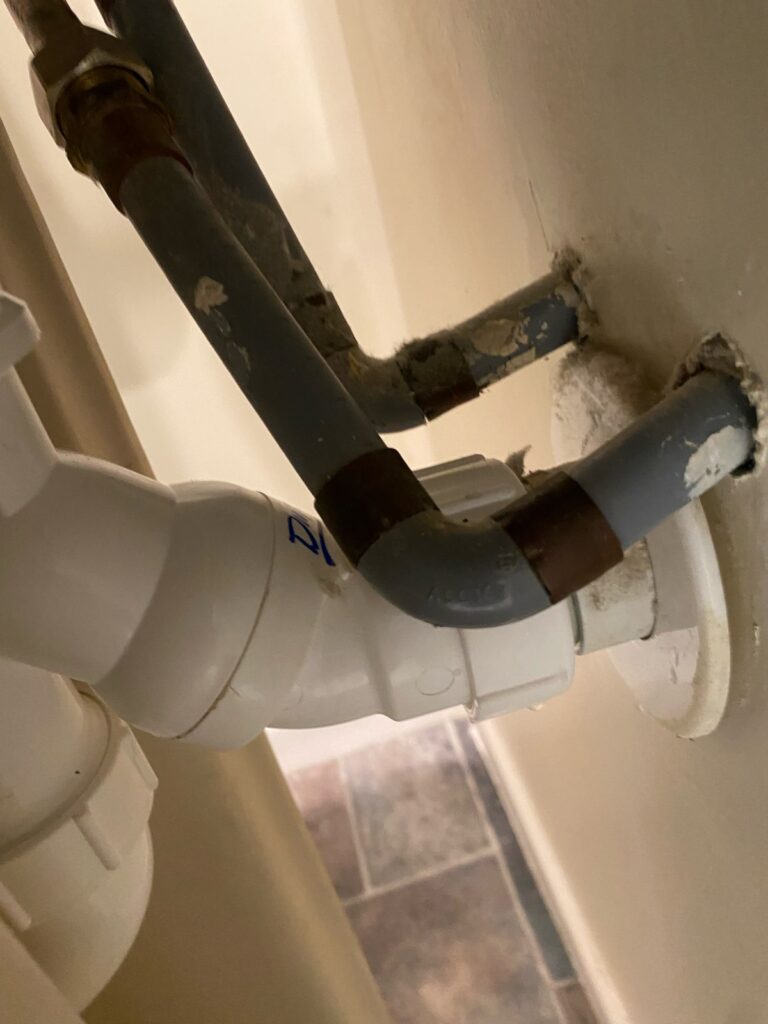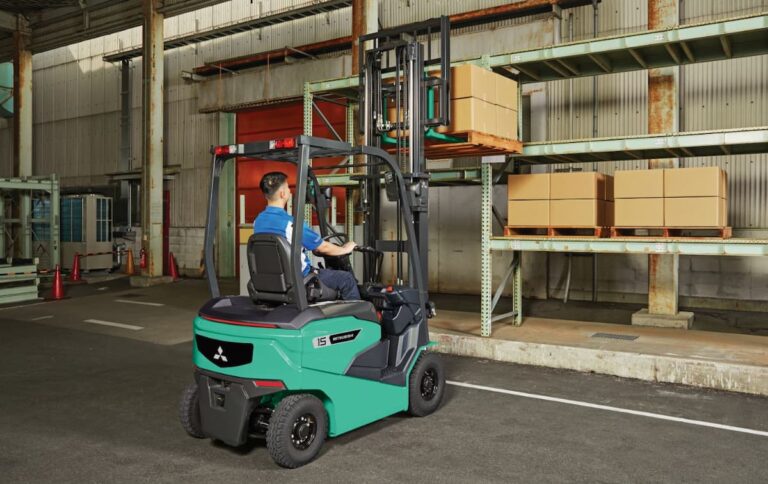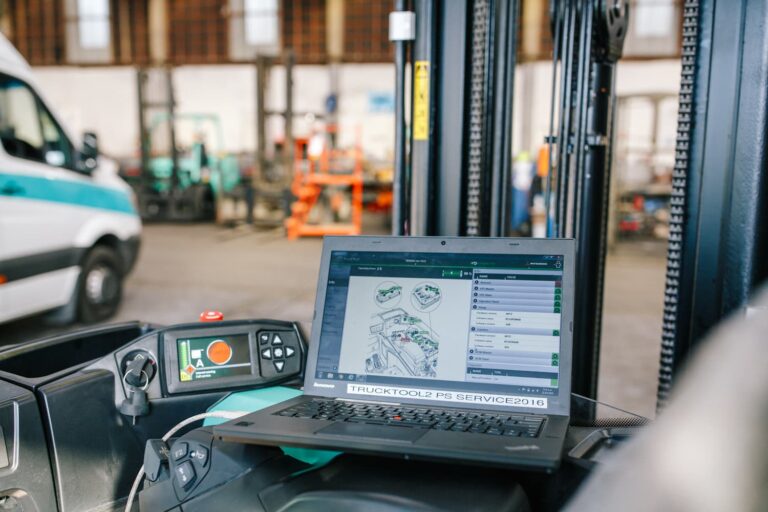Only 3% of tradespeople are women
It is widely known that the trades in New Zealand are largely male dominant. According to Bcito.org.nz, about 50% of the population are women, but less than 3% of construction trades people are women.
When we read these statistics, the key question the comes to mind is, “Why are trades in New Zealand so male dominant?” Here are some reasons that might hold the answer
Trades have been male dominant for centuries
There are a number of reasons why trades have been male-dominated for centuries. One reason is that many trades require physical strength and stamina, which has traditionally been seen as a male trait.
Another reason is that trades such as carpentry and plumbing are often passed down from father to son, meaning that they have been traditionally seen as a ‘family business’.
Additionally, women have traditionally been responsible for domestic duties such as childcare and cooking, meaning that they have had less time and opportunity to gain the skills required for trades.
This is still seen today with some industries such as Early Childhood Education and Nursing being very female dominant. Data from Statista.com shows both of these industries ranking in the top 3 for the number of employed women in New Zealand in 2022, by leading industry.
The trades remain male-dominated due to cultural factors
While the construction industry has seen an influx of women in recent years, the trades remain male-dominated due to cultural factors.
There are a number of reasons why the trades are still largely populated by men. Firstly, it is still seen as a “man’s job”. There is a long-standing belief that women are not physically strong enough to do the work required in the trades. This is despite the fact that there are many women who are more than capable of doing the job.
Secondly, because the trades have historically been male-dominated there are a lack of female role models in the industry. This can make it difficult for women to break into the trades.
Finally, there is a lack of flexible working arrangements in the trades. This can make it difficult for women to balance work and family commitments.
Despite these challenges, there are a number of women who have been successful in breaking into the trades. These women have shown that the trades are not just for men. With more women entering the industry, it is hoped that the culture will change and the trades will become more inclusive for everyone.
Today, women are increasingly enterprising trades
Today, women are increasingly enterprising trades. In the past, women were often seen as homemakers and stay-at-home mothers, but times have changed. Women are now taking on more and more trades and businesses, becoming more financially independent and successful.
There are many reasons for this change. Schools now encourage women to explore a variety of topics at school, whereas just 50 years ago topics were very prescribed – women would learn typing and cooking, men would learn the trades.
BCITO has launched a project with the goal by 2040, is to have women making up 30% of people in construction trades roles and 10% of BCITO apprenctices in New Zealand. They hope to achieve this by promoting and encouraging women to enter the trades industry.
They are also more likely to start their own businesses, thanks to the internet and social media which make it easier to connect with customers and promote their products or services.
Whatever the reason, it’s clear that women are becoming more enterprising and this is having a positive impact on the economy. More women in business means more jobs and more growth. It also means more competition, which is good for consumers.
So what does the future hold? It’s hard to say, but one thing is certain – women are increasingly playing a key role in the world of business and this is only set to continue.
Get your business noticed by creating an online directory listing. Listings are FREE and you can create as many as you need.
- Get found by locals



